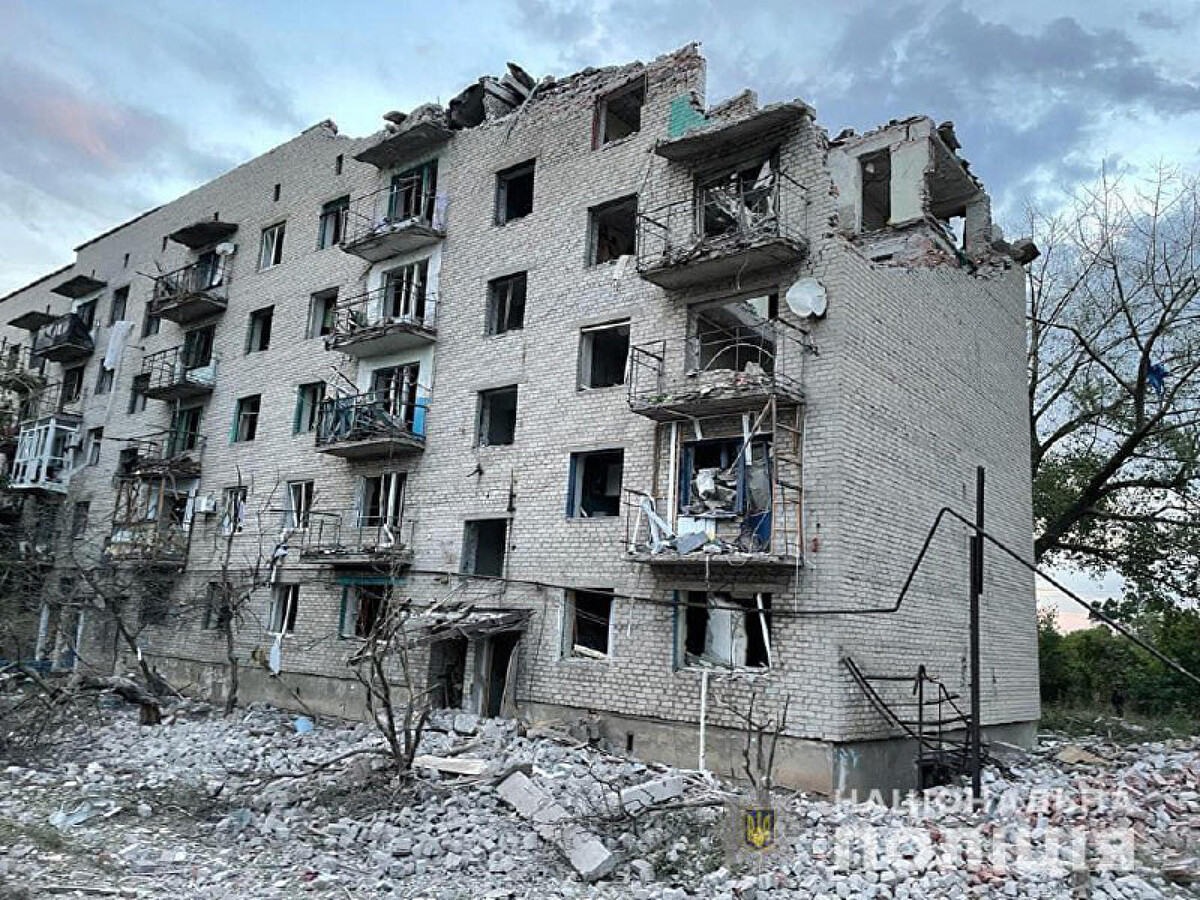“It’s a good day for America. It’s a good day for Europe. And it’s a good day for world peace. It’s going to make the world safer, it continues America’s leadership in the world and the world knows it.”
That was U.S. President Bidens’s wishfully optimistic comment, expressed with relief while signing into law the long-delayed $ 94 billion arms and security package that will go mostly to Ukraine, and for a smaller part, to Israel and Taiwan. For Ukraine, facing a serious shortfall of defense hardware–to the extent that it even has to ration artillery shells to the tune of one round to five or more fired by Russians–the latest American aid will be a much-needed lifeline.
Ukraine, as a result of mobilization after Russia’s invasion, has approximately one million in military service out of a population of 40 million – mostly draftees in addition to a much smaller top-secret number of fully trained professional soldiers – believed to be in the region of 200,000– engaged in combat and frontline operations. Only a small number of people in the Ukrainian army are women, including snipers, communications, and drone operators.
The new $ 40-billion arms package approved by Washington is roughly the equivalent to all American military aid granted to Ukraine since Russia’s invasion began in 2022. As a report by the Council on Foreign Relations points out, this exceptional level of military assistance marks the first time that a European country has held the top spot in American aid since the Truman administration’s Marshall Plan to help European recovery, after the end of the Second World War.
Without the U.S. and European support, most Western analysts believe, Ukraine
could not have survived Russia’s invasion for long. Now, with the extra deliveries of military hardware, artillery ordnance and electronic equipment, the chances of a Russian breakthrough along the Donbas frontline appear to be receding. Although a summer offensive by Moscow is still in the cards, Ukrainian commanders and their Pentagon advisers believe the frontline will probably hold until the second half of 2025 or even beyond.
The horrific carnage on both sides will go on, as the Pentagon’s latest assessments point out, for a counter-intuitive technical reason unwittingly exposed by the head of Rostec, Russia’s state defense conglomerate, Sergey Chemezov. As a result of increased weapons demand following the war in Ukraine, he boasted in a hearing with President Putin, Russia is now producing 2.5 times more artillery and multiple launch systems than before, while increasing production of some types of ammunition by over 60 times!
In reality, these sheer numbers mask Moscow’s inability to turn firepower into a significant breakthrough. The attrition war, with Russian overreliance on artillery while increasing its frontline troops from 360,000 one year ago to 470,000 now, implies accepting horrific levels of casualties that only tightly controlled dictatorships can tolerate.
The European “forever war” in Ukraine, is gradually sinking deeper and deeper into disaster. It happened twice in the 20th century. We know how it ended.












